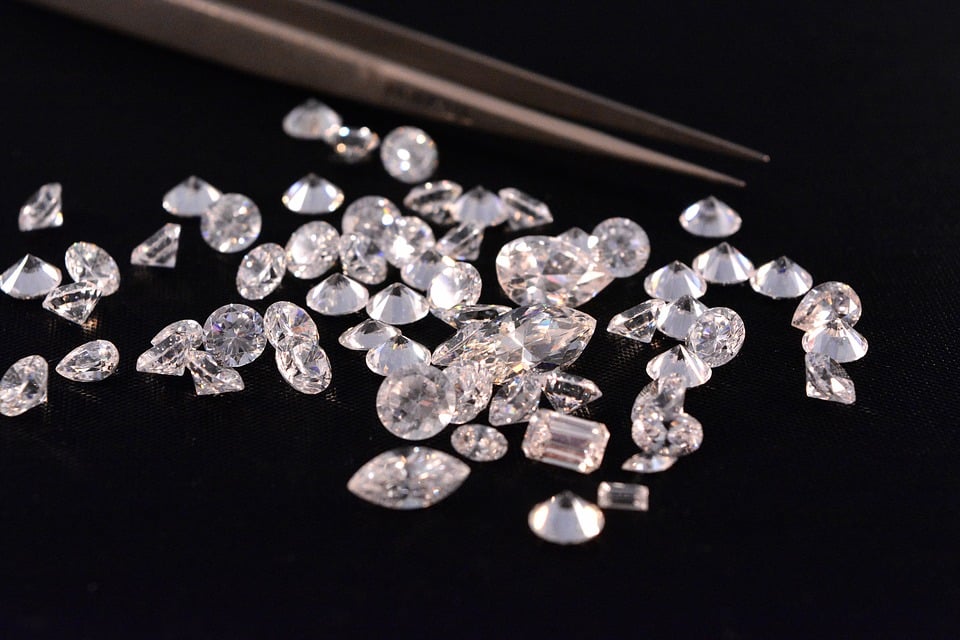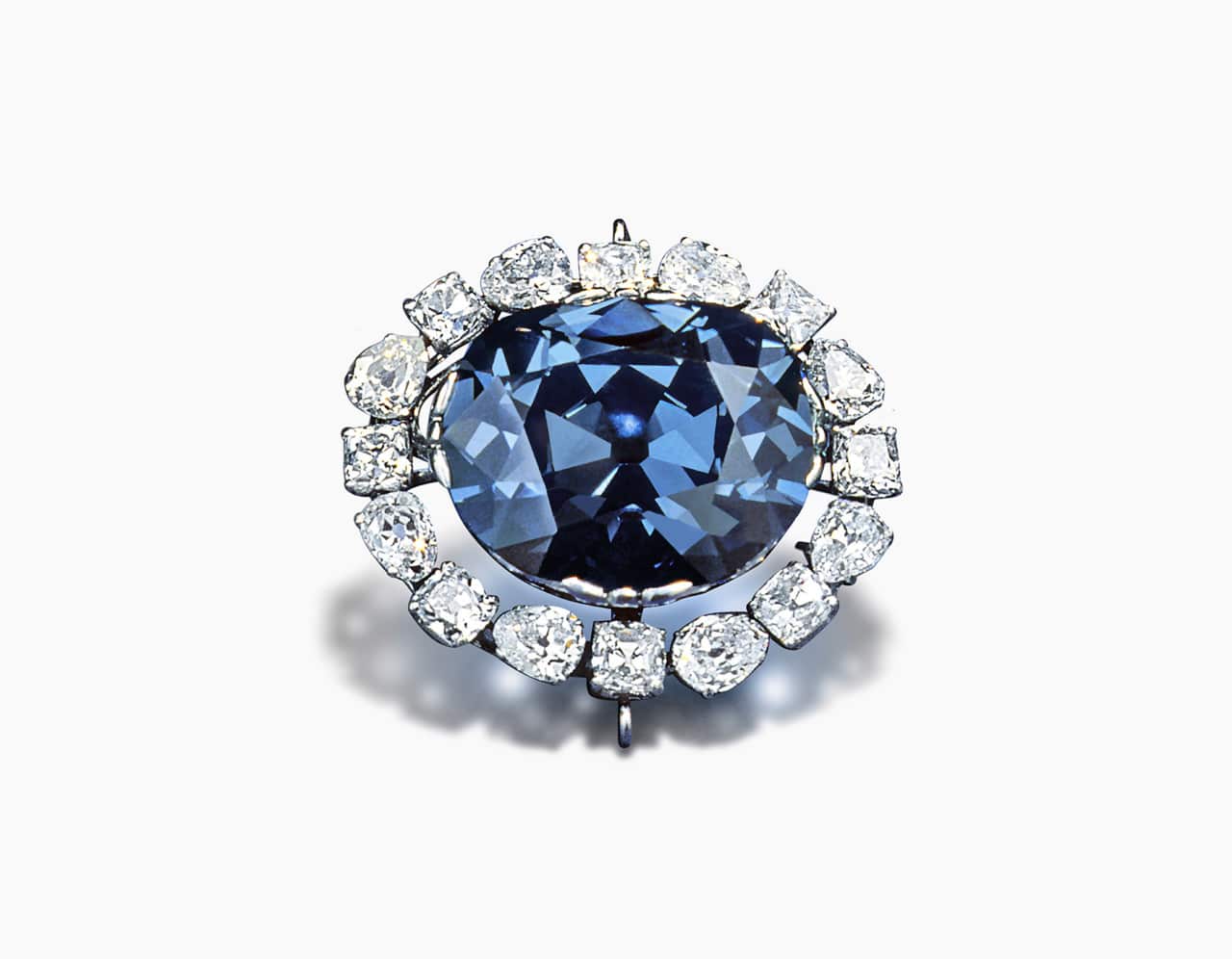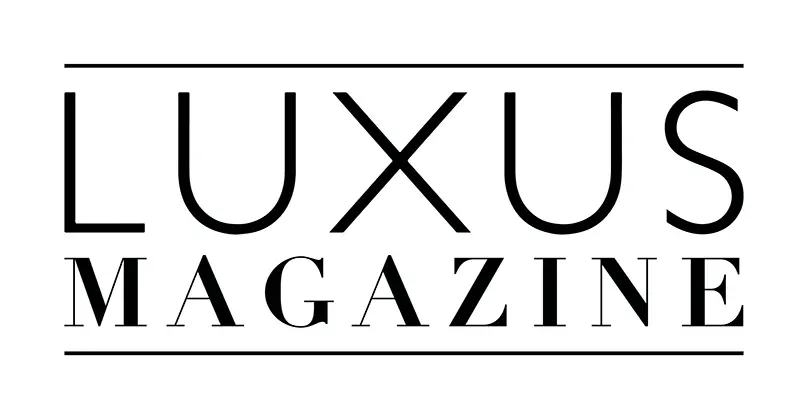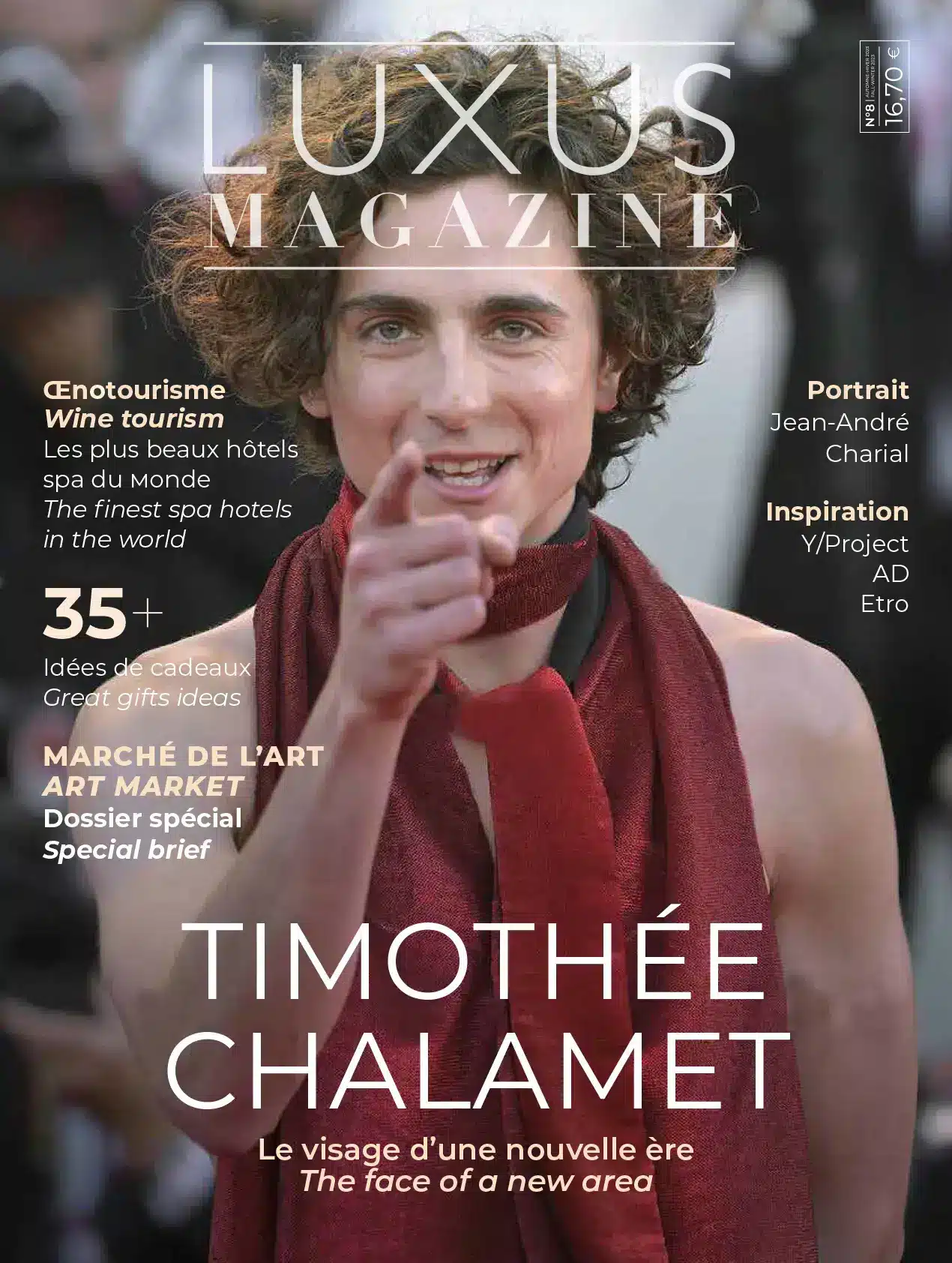Since the dawn of time, the diamond has never ceased to nourish a myth, in which the precious stone is erected as a Grail with supernatural powers.
A symbol of immortality and eternal love, the one that was proclaimed “a girl’s best friend” by Marilyn Monroe remains synonymous with wealth and success. While its exploitation and democratization are at the heart of a complicated history.

The very term diamond is inherited from the Greek “adamas”, meaning unbreakable, invincible, and sets the tone right away.
Although there is no official history of diamonds, experts agree that they originated between 2500 and 1700 B.C. They were first discovered in India, in the Golconde region, between the rivers Godavari and Krishna.
Considered then as a talisman of divine ascendancy, it is then worn by men in its raw state, without cutting or polishing.
From 1074, the European crowned heads seized the precious mineral to decorate their jewelry and other ostentatious signs of wealth. The race to see who could boast the most beautiful jewel was then launched.
From the Queen of Hungary who added it to her crown in 1074 to the “first” engagement ring ordered by the Archduke Maximilian of Austria in 1477, the diamond was the object of much envy.
In 1515, Mary of England returned to her kingdom with the Mirror of Naples diamond, a gift from her late husband Louis XII of France. A symbol of elegance, the precious stone became the object of aesthetic considerations and artisans took it to shape it.
In Italy, an avant-garde diamond cut was developed in the 14th century to give it new sizes and new facets… Enough to allow multiple fantasies.

The following centuries were marked by the discovery of spectacular diamonds, such as the Hope Diamond of 116 carats discovered in 1638 by the explorer Jean Baptiste Tavernier. It will adorn, among others, the crown of Louis XIV.
Behind this growing popularity of diamonds in the royal courts, a whole industry was set up. Mines flourished in India, the historical birthplace of diamonds, but also throughout the world, against a backdrop of colonialism and slave oppression.
In 1870, mines were discovered in South Africa. The exploitation and polishing of diamonds then took a resolutely industrial turn, with as many socio-economic implications.
Democratized in the first half of the 20th century thanks to Hollywood and clever advertising, diamonds remain an ultra-coveted luxury item. This lucrative business is the subject of numerous traffics, especially in unstable new nations, plagued by a corrupt political class and neo-colonialist practices.
At the end of the 1980s and 1990s, scandals broke out, including the famous “Blood Diamonds”. These diamonds, extracted and sold illegally in conflict zones, allow rebel groups to buy weapons and contribute to the financing of civil wars against a backdrop of human exactions.
According to Amnesty International, this juicy business has caused the death of 3.7 million people in Angola, the Democratic Republic of Congo (DRC), Liberia and Sierra Leone.
© i-diamants
Faced with the human devastation caused by these diamonds at increasingly competitive prices, the United Nations began the “Kimberley” process in 2000, named after the South African city. The idea? To put an end to “conflict diamonds” by means of international legislation. The latter provides an ethical framework for the extraction, trade and certification of rough diamonds.
At the same time, the jewelry industry has seen the development of synthetic diamonds, which, in addition to respecting human rights, ensure that production is more environmentally friendly and conserves natural resources.
Read also > “THE ENIGMA”, THE MYSTERIOUS BLACK DIAMOND OF 555.55 CARATS
Featured photo : © Messika




























